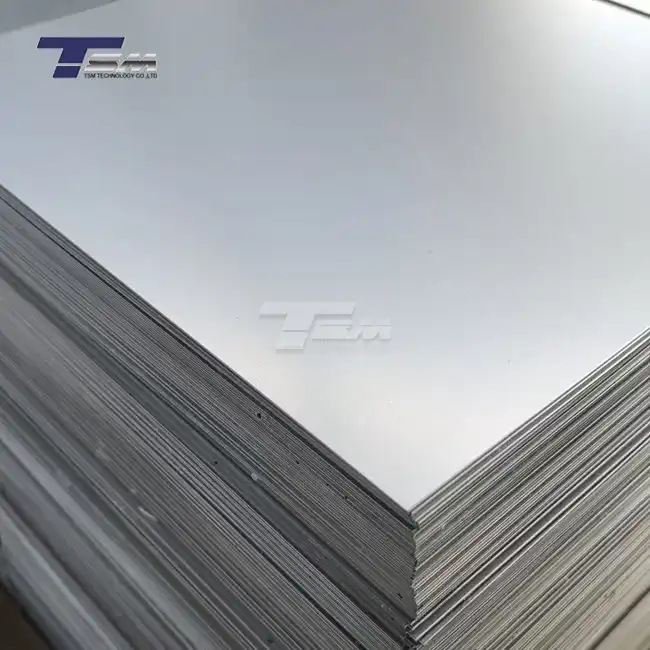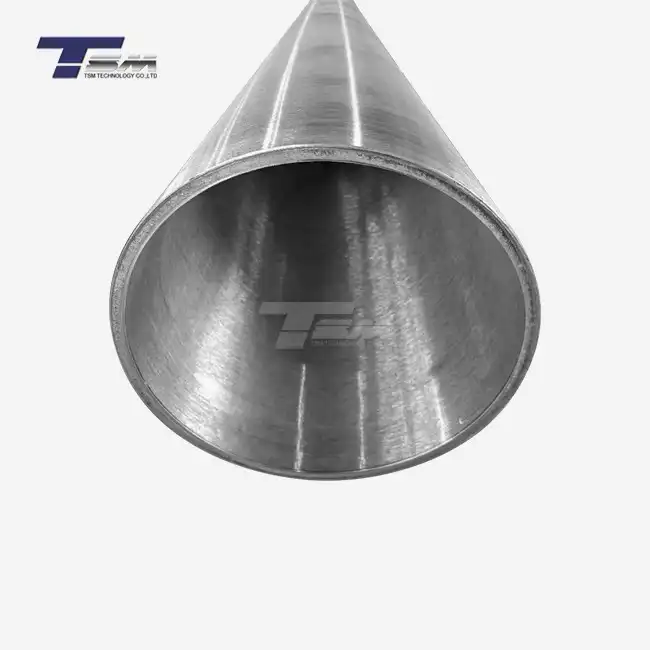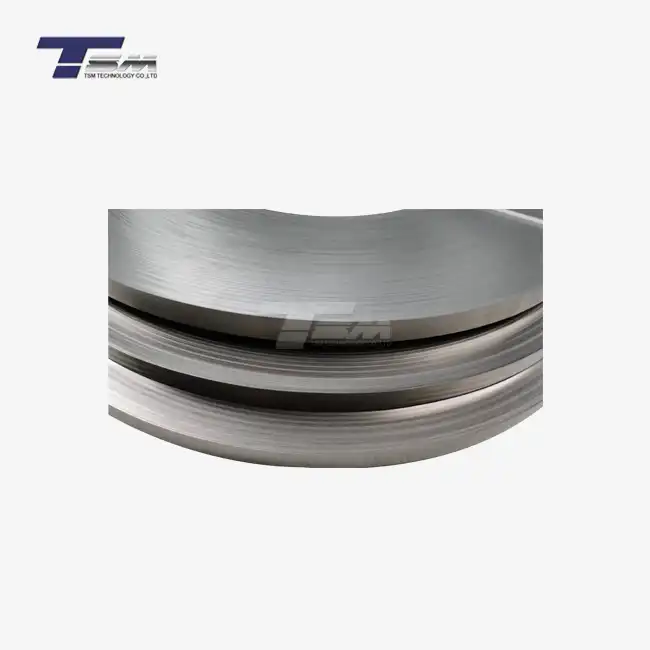- English
- French
- German
- Portuguese
- Spanish
- Russian
- Japanese
- Korean
- Arabic
- Greek
- German
- Turkish
- Italian
- Danish
- Romanian
- Indonesian
- Czech
- Afrikaans
- Swedish
- Polish
- Basque
- Catalan
- Esperanto
- Hindi
- Lao
- Albanian
- Amharic
- Armenian
- Azerbaijani
- Belarusian
- Bengali
- Bosnian
- Bulgarian
- Cebuano
- Chichewa
- Corsican
- Croatian
- Dutch
- Estonian
- Filipino
- Finnish
- Frisian
- Galician
- Georgian
- Gujarati
- Haitian
- Hausa
- Hawaiian
- Hebrew
- Hmong
- Hungarian
- Icelandic
- Igbo
- Javanese
- Kannada
- Kazakh
- Khmer
- Kurdish
- Kyrgyz
- Latin
- Latvian
- Lithuanian
- Luxembou..
- Macedonian
- Malagasy
- Malay
- Malayalam
- Maltese
- Maori
- Marathi
- Mongolian
- Burmese
- Nepali
- Norwegian
- Pashto
- Persian
- Punjabi
- Serbian
- Sesotho
- Sinhala
- Slovak
- Slovenian
- Somali
- Samoan
- Scots Gaelic
- Shona
- Sindhi
- Sundanese
- Swahili
- Tajik
- Tamil
- Telugu
- Thai
- Ukrainian
- Urdu
- Uzbek
- Vietnamese
- Welsh
- Xhosa
- Yiddish
- Yoruba
- Zulu
What is Metal Polishing? Which Products need to be Polished?
Metal polishing is a meticulous process that enhances the surface of metallic materials, making them smoother, shinier, and more resistant to corrosion. It involves the removal of imperfections, such as scratches, oxidation, or burrs, through abrasive techniques, resulting in a refined, mirror-like finish. This process is vital for improving both the aesthetic appeal and functional performance of metal products. But which products benefit from this treatment? Items crafted from high-performance materials, such as superior alloys, often require polishing to meet stringent industry standards. These include components used in aerospace, marine, chemical processing, and precision engineering, where durability and flawless surfaces are non-negotiable. Polishing ensures these products not only look impeccable but also perform reliably under extreme conditions.
The Art and Science of Metal Polishing
Metal polishing is far more than a superficial enhancement - it's a blend of artistry and technical precision. Understanding its intricacies can help industries appreciate its value, especially when working with advanced materials like superior alloys. Let's delve into the core aspects of this process, its techniques, and why it's indispensable for certain metals.

Defining Metal Polishing in Detail
At its essence, metal polishing is the act of smoothing and refining a metal surface to achieve a lustrous, flawless finish. This is accomplished by using abrasives, compounds, and specialized tools to eliminate surface irregularities. The process can range from coarse grinding to fine buffing, depending on the desired outcome. For high-performance materials, such as nickel-based alloys, polishing is often a critical step to enhance corrosion resistance and ensure longevity. Industries that rely on these metals, such as aerospace and marine, demand surfaces that are not only visually appealing but also functionally superior, as even minor imperfections can compromise performance under extreme conditions.
Techniques and Tools in Metal Polishing
Polishing techniques vary based on the type of metal and the intended application. Mechanical polishing, for instance, uses abrasive belts, discs, or wheels to gradually smooth the surface. Chemical polishing, on the other hand, involves the use of acidic or alkaline solutions to etch away surface imperfections, often used for intricate components made from advanced alloys. Electropolishing, a more advanced method, employs an electric current to remove microscopic layers of material, resulting in an ultra-smooth, corrosion-resistant finish. Tools such as rotary buffers, vibratory tumblers, and polishing pads are commonly used, each tailored to the specific properties of the metal. For superior alloys, which are often harder and more resistant to wear, specialized abrasives and techniques are employed to achieve optimal results.
Why Polishing Matters for Performance and Aesthetics?
The benefits of polishing extend beyond mere appearance. A polished surface reduces friction, enhances wear resistance, and minimizes the risk of corrosion - qualities that are paramount for components made from high-grade materials. In industries where precision is critical, such as machine shops or chemical processing plants, a polished finish can significantly extend the lifespan of a product. Aesthetically, polishing imparts a professional, high-quality look that reflects the meticulous standards of the manufacturer. For products crafted from superior alloys, polishing is often a final step to ensure they meet the exacting demands of global industries, from withstanding harsh marine environments to enduring the thermal stresses of aerospace applications.
Which Metals Benefit Most from Polishing?
Not all metals require polishing, but certain types - especially those used in high-stakes applications - greatly benefit from this process. Superior alloys, in particular, are prime candidates due to their unique properties and the demanding environments they are exposed to. Let's explore the metals that most commonly undergo polishing, the industries that rely on them, and the specific advantages polishing provides.
High-Performance Alloys and Their Polishing Needs
Nickel-based alloys, often referred to as superior alloys, are renowned for their exceptional strength, corrosion resistance, and ability to withstand extreme temperatures. Materials such as Monel, Inconel, Incoloy, and Hastelloy fall into this category, each designed for specific industrial challenges. Polishing these alloys is crucial to enhance their inherent properties. Monel, for example, is widely used in marine applications due to its resistance to saltwater corrosion, and a polished finish further bolsters this durability. Inconel, prized in aerospace for its heat resistance, benefits from polishing to reduce surface friction and improve fatigue resistance. These alloys, while inherently robust, achieve peak performance and longevity when their surfaces are meticulously refined.
Stainless Steel and Other Specialty Metals
Beyond nickel-based alloys, other metals also benefit from polishing, particularly those used in precision engineering and high-corrosion environments. Stainless steel, for instance, is a staple in industries ranging from food processing to medical device manufacturing. Polishing stainless steel not only enhances its sleek appearance but also improves its hygienic properties by reducing surface porosity where bacteria could thrive. Titanium, another specialty metal, is polished for applications in aerospace and medical implants, where smoothness and biocompatibility are critical. While these metals differ from superior alloys in composition, the polishing process serves a similar purpose: to elevate both functionality and visual appeal, ensuring the material performs optimally in its intended role.
Industries That Demand Polished Metals
The need for polished metals is most pronounced in industries where precision, durability, and aesthetics intersect. Aerospace relies on polished components to ensure aerodynamic efficiency and resistance to thermal stress. Marine applications demand polished surfaces to combat the corrosive effects of seawater. Chemical processing plants use polished metals to prevent contamination and withstand harsh chemical exposures. Precision engineering and machine shops, which often work with superior alloys, require polished finishes to meet exacting tolerances and ensure flawless performance. In each of these sectors, the decision to polish is not merely cosmetic - it's a strategic choice to enhance reliability, safety, and efficiency, particularly when working with advanced materials designed for extreme conditions.
Factors Influencing the Need for Metal Polishing
The decision to polish a metal product is not arbitrary - it's influenced by a range of factors, from the material's composition to its intended application. Understanding these factors is essential for industries that work with high-performance materials, as polishing can significantly impact both cost and performance. Let's examine the key considerations that determine whether polishing is necessary, with a focus on advanced alloys and their unique requirements.
Material Composition and Surface Properties
The inherent properties of a metal play a pivotal role in determining its polishing needs. Superior alloys, such as those based on nickel, are often harder and more resistant to wear than common metals, which can make polishing both challenging and essential. These alloys typically have a higher surface hardness, meaning specialized abrasives and techniques are required to achieve a smooth finish. Additionally, the corrosion resistance of these materials can be enhanced through polishing, as a smoother surface reduces the likelihood of pitting or crevice corrosion. For metals with lower corrosion resistance, such as certain grades of steel, polishing may be necessary to apply protective coatings or to improve their aesthetic appeal, but for advanced alloys, the focus is often on maximizing functional performance.
Environmental and Operational Demands
The environment in which a metal product will operate is a critical factor in deciding whether polishing is required. Components exposed to harsh conditions - such as high humidity, saltwater, or extreme temperatures - benefit significantly from polished surfaces. In marine applications, for instance, polished nickel alloys resist the corrosive effects of seawater more effectively, extending the lifespan of critical components like valves and fittings. In aerospace, polished surfaces reduce drag and improve fatigue resistance, ensuring safety and efficiency. Operational demands, such as the need for low friction or high hygiene, also influence the decision to polish. For example, polished surfaces in chemical processing equipment minimize the risk of contamination, while in precision engineering, they ensure tight tolerances and smooth operation.
Cost, Time, and Quality Considerations
Polishing is a labor-intensive process that requires skilled technicians, specialized equipment, and, in some cases, advanced techniques like electropolishing. As such, cost and time are significant factors in deciding whether to polish a metal product. For high-value components made from superior alloys, the investment in polishing is often justified by the enhanced performance and longevity it provides. However, for less demanding applications, manufacturers may opt for less intensive surface treatments. Quality standards also play a role - industries with stringent requirements, such as aerospace and medical device manufacturing, often mandate polished finishes to meet regulatory and performance criteria. Balancing these factors is key to determining the necessity and extent of polishing, ensuring that the process aligns with both budgetary constraints and operational goals.
Conclusion
Metal polishing is a vital process that enhances the durability, performance, and aesthetics of high-performance materials, particularly superior alloys. By understanding the techniques, benefits, and factors influencing the need for polishing, industries can make informed decisions to optimize their products. Whether it's ensuring corrosion resistance in marine environments or meeting precision standards in aerospace, polishing plays an indispensable role in elevating the quality of advanced metals.
Contact Us
For expert guidance on metal polishing for superior alloys and special metals, contact TSM TECHNOLOGY at info@tsmnialloy.com. Our team of specialists is ready to assist you in achieving the perfect finish for your precision engineering needs.
References
ASM International, "Surface Engineering for Corrosion and Wear Resistance," Materials Park, OH, 2001.
Callister, W.D., "Materials Science and Engineering: An Introduction," 10th Edition, Wiley, 2017.
Davis, J.R., "Nickel, Cobalt, and Their Alloys," ASM Specialty Handbook, ASM International, 2000.
Budinski, K.G., "Engineering Materials: Properties and Selection," 9th Edition, Prentice Hall, 2010.
Totten, G.E., "Handbook of Mechanical Alloy Design," CRC Press, 2003.
Schuh, C.A., "Surface Engineering of Metals: Principles, Equipment, Technologies," Elsevier, 1999.
Learn about our latest products and discounts through SMS or email



